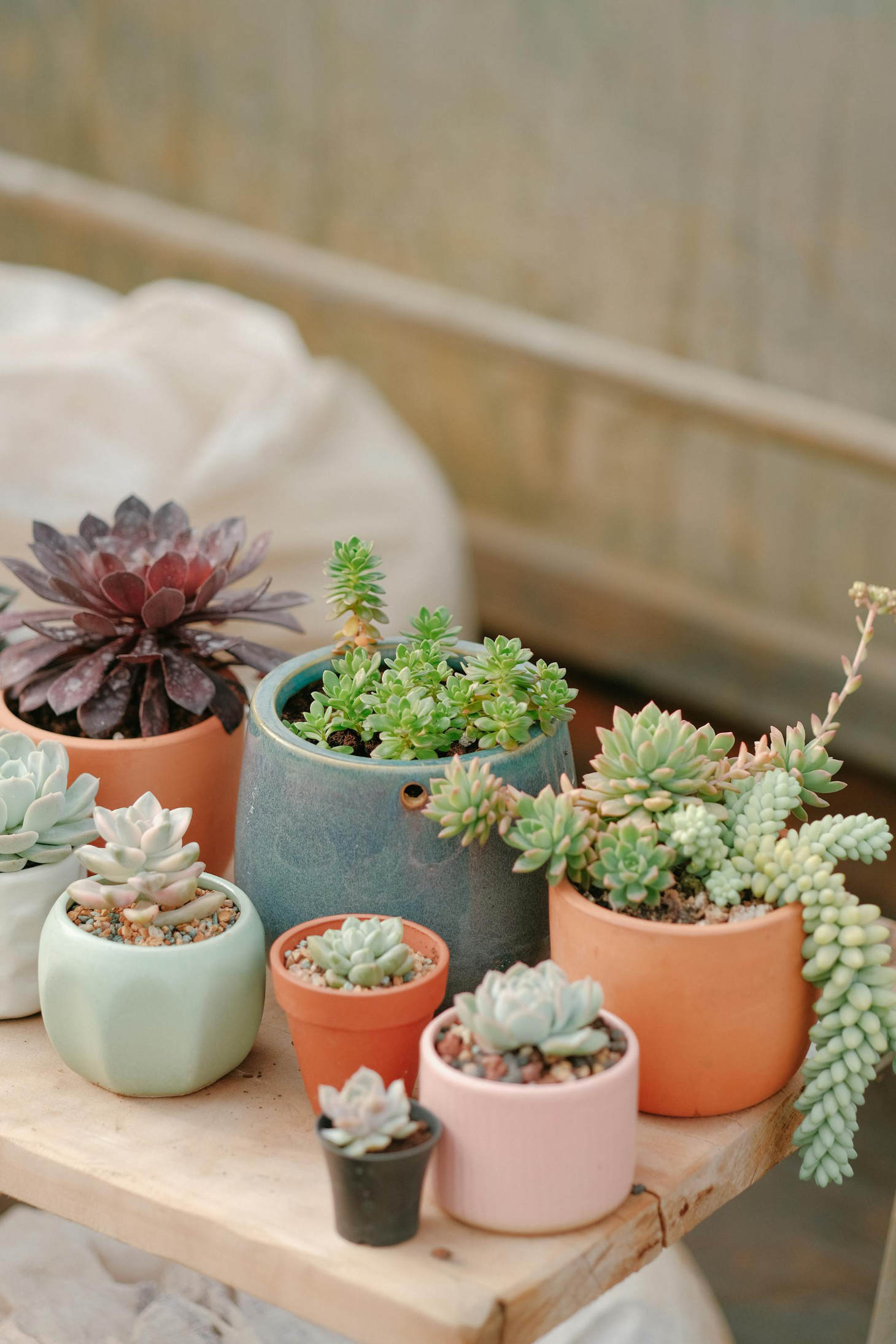How to Identify Succulent Plants
Succulents are unique plants with fleshy leaves that store water. Their eye-catching shapes and low-maintenance nature make them popular choices for gardeners. But with so many types, it can be tricky to figure out which succulent you have.
To identify a succulent, look at its leaf shape, color, and growth pattern. Rosette-forming succulents like Echeveria have leaves that grow in a circular pattern. Others, like String of Pearls, have trailing stems with bead-like leaves. Pay attention to leaf texture too. Some succulents have smooth leaves while others are fuzzy or hairy.
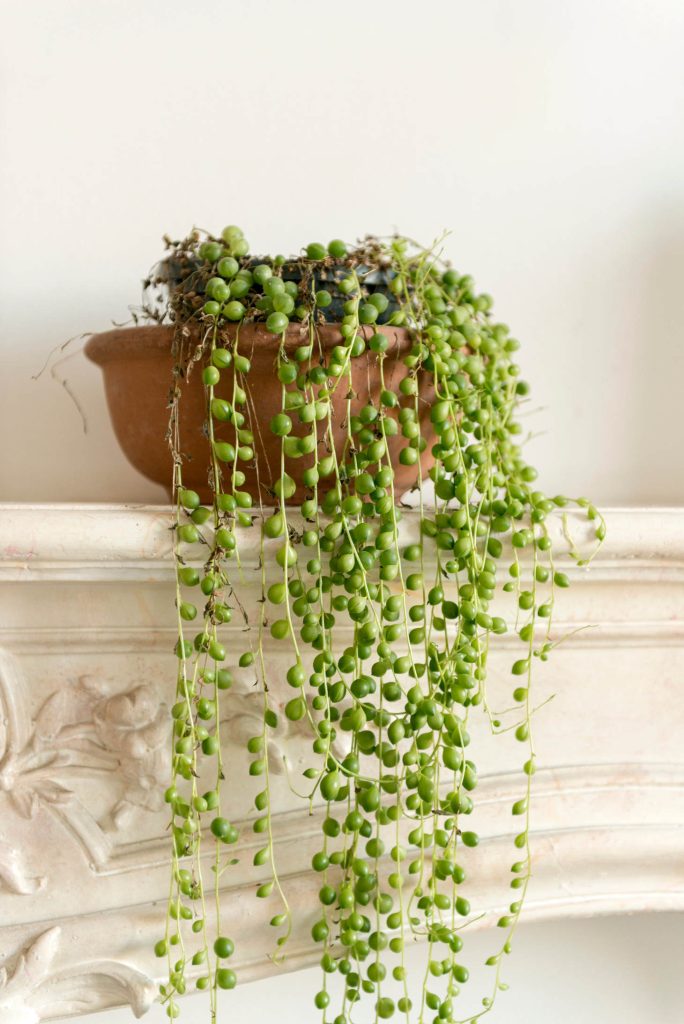
Succulent colors range from green to blue-gray to pink and purple. Some even change color based on light exposure. Take note of any special features like spines, patterns, or unusual growths. With practice, you’ll soon be able to spot the differences between various succulent types.
Understanding Succulents
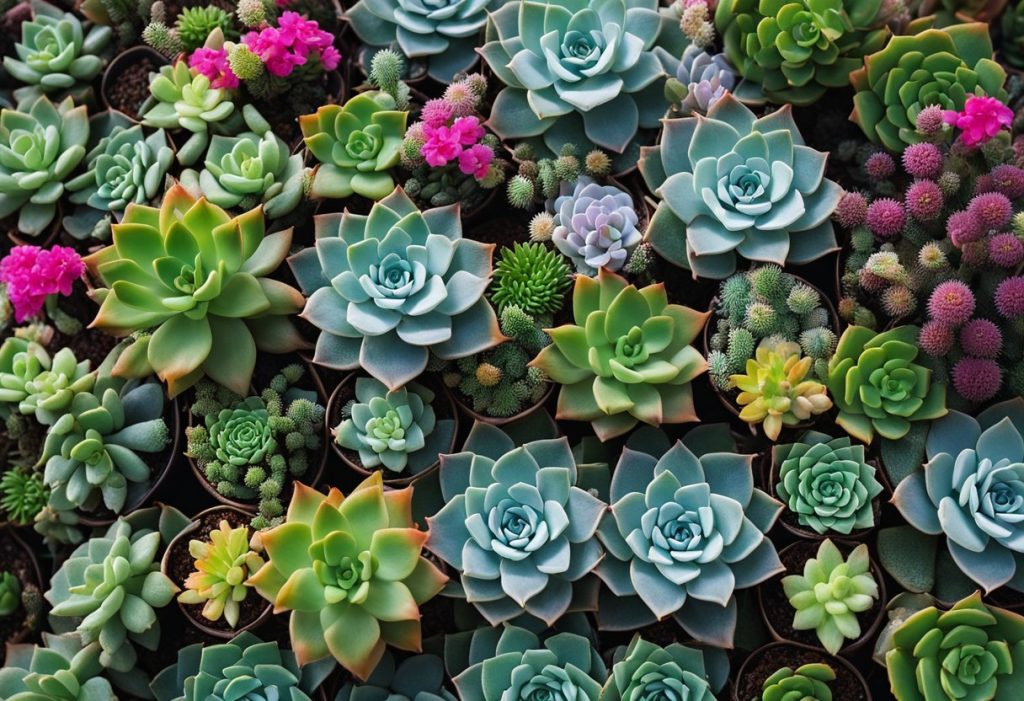
Succulents are unique plants known for storing water in their leaves, stems, or roots. They come in many shapes, sizes, and colors. Learning about their key traits and groupings will help you spot different types.
Defining Characteristics of Succulents
Succulents have thick, fleshy parts that hold water. This helps them survive in dry places. Their leaves are often plump and can be flat, round, or pointed. Some have a waxy coating that cuts down on water loss.
Many succulents grow in a rosette shape, with leaves forming a circular pattern. Others have column-like stems or trailing vines. Their colors range from green to blue, purple, and even black.
Succulents often have shallow roots that spread out to catch water quickly when it rains. Some also have special features like spines or hairs to protect them from the sun and animals.
Succulent Genus and Plant Families
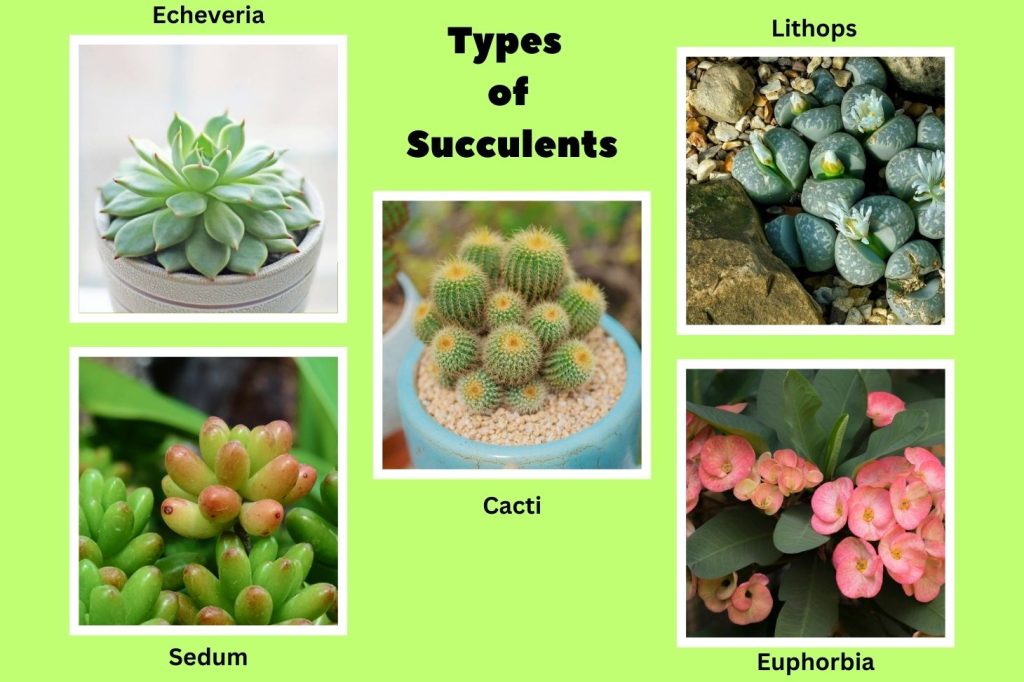
Succulents belong to many different plant families. Each family has its own set of traits. Here are some common succulent families:
- Crassulaceae: Includes popular types like Echeveria and Sedum
- Cactaceae: All cacti are succulents, but not all succulents are cacti
- Aizoaceae: Known for “living stones” like Lithops
- Euphorbiaceae: Home to many tree-like succulents
Within these families, plants are grouped into genus. A genus is a set of closely related species. For example, Aloe is a genus with over 500 species. Knowing the genus can help you figure out how to care for your plant.
Some well-known succulent genera are:
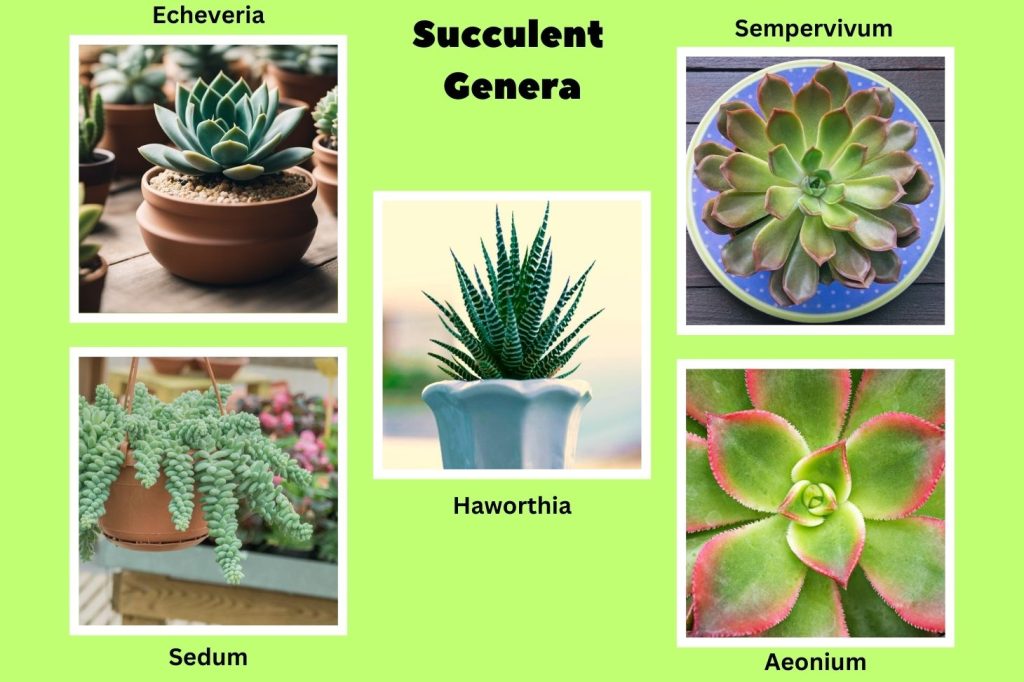
- Echeveria
- Sedum
- Haworthia
- Sempervivum
- Aeonium
Learning these groups will make it easier for you to identify and care for your succulents.
Types of Succulents
Succulents come in many shapes, sizes, and colors. They have fleshy leaves that store water, helping them survive dry conditions. Let’s explore some common types.
Echeveria Varieties
Echeveria succulents form rosettes of thick, fleshy leaves. They come in many colors like green, blue, pink, and purple. Some popular varieties include:
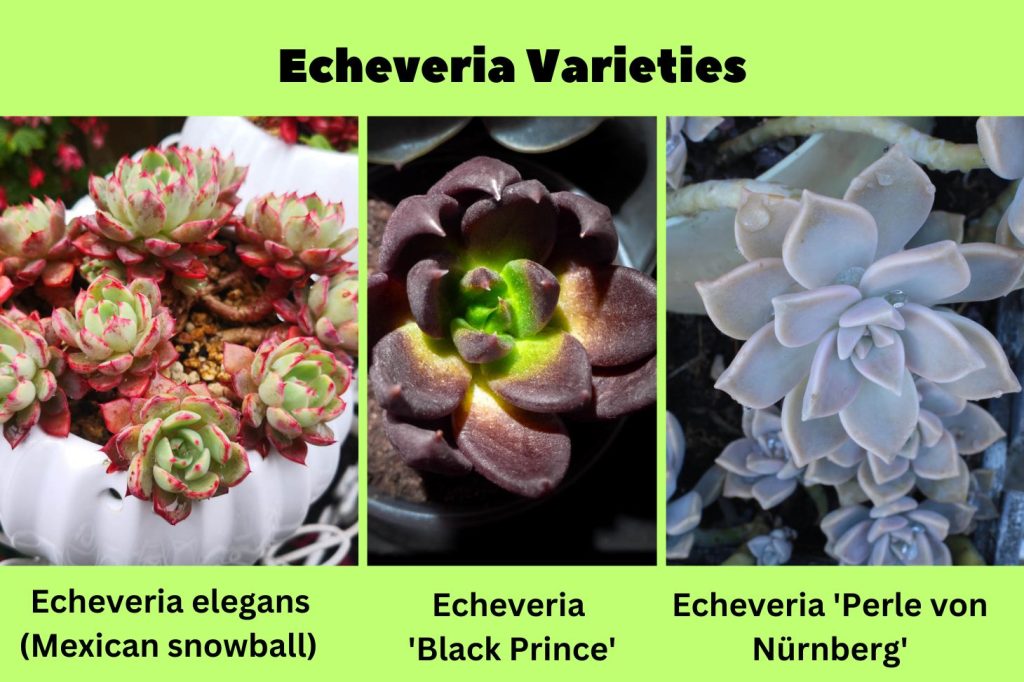
- Echeveria elegans (Mexican snowball)
- Echeveria ‘Black Prince’
- Echeveria ‘Perle von Nürnberg’
These plants do well indoors and outdoors in mild climates. They need bright light and well-draining soil. Water them when the soil dries out completely.
Popular Aloe Plants
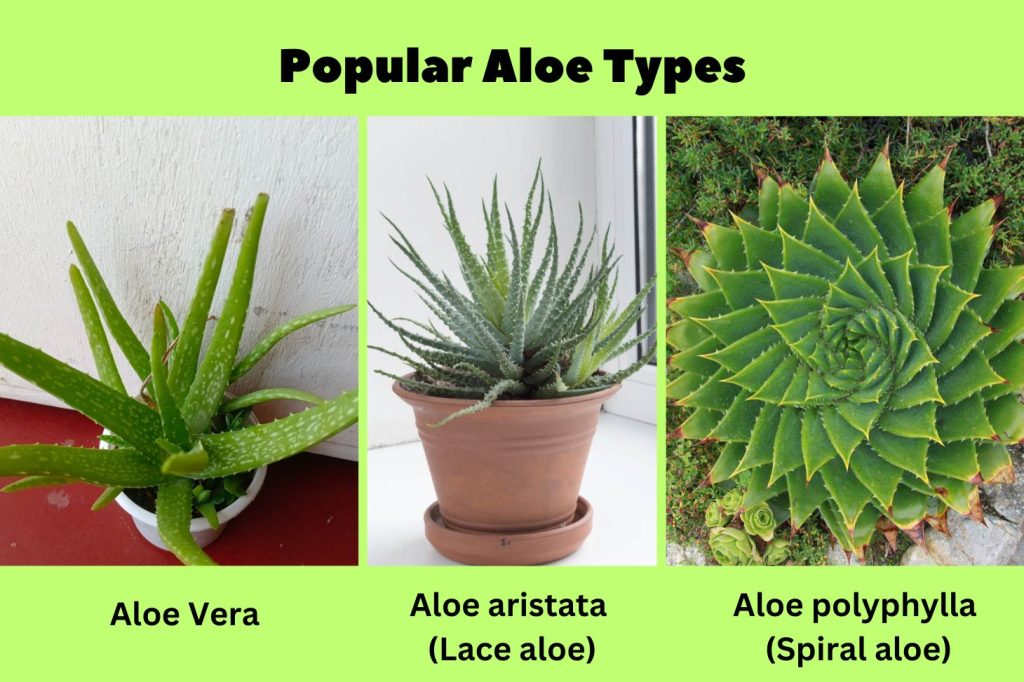
Aloe plants have thick, spiky leaves that grow in a rosette shape. They’re known for their healing gel. Some common aloe types are:
- Aloe vera
- Aloe aristata (Lace aloe)
- Aloe polyphylla (Spiral aloe)
Aloes prefer bright, indirect light. They can tolerate some drought. Only water them when the soil is dry to the touch. These plants are great for beginners.
Diverse Sedum Species
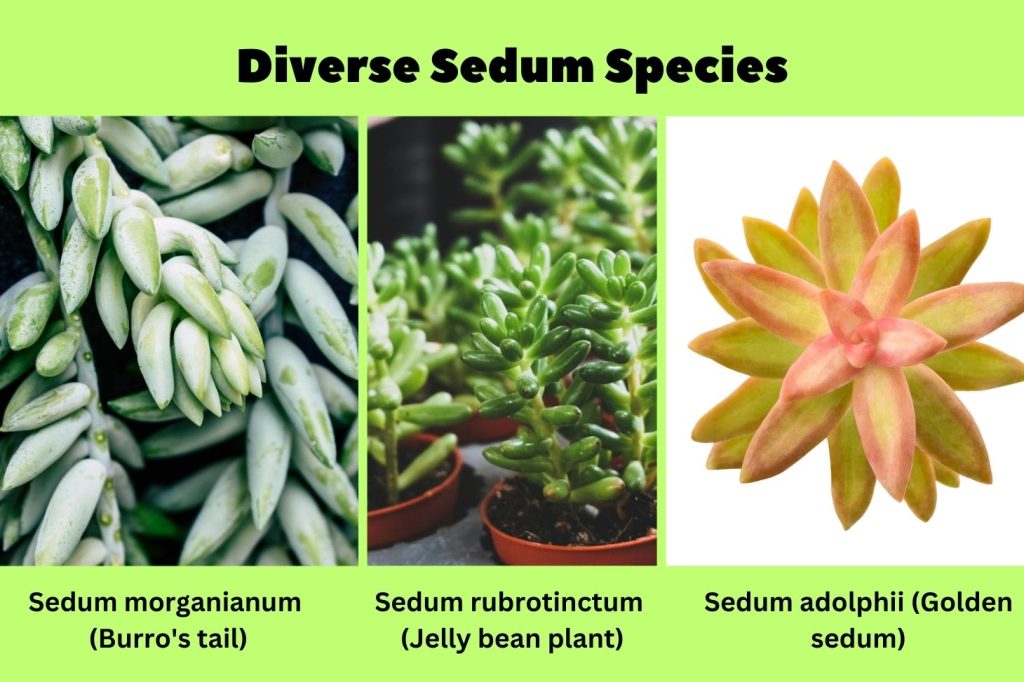
Sedum plants, also called stonecrops, come in many forms. Some are low-growing ground covers, while others are tall and upright. Popular sedums include:
- Sedum morganianum (Burro’s tail)
- Sedum rubrotinctum (Jelly bean plant)
- Sedum adolphii (Golden sedum)
These plants need full sun to partial shade. They’re drought-tolerant and easy to care for. Plant them in well-draining soil and water sparingly.
The Unique Rosettes of Sempervivum
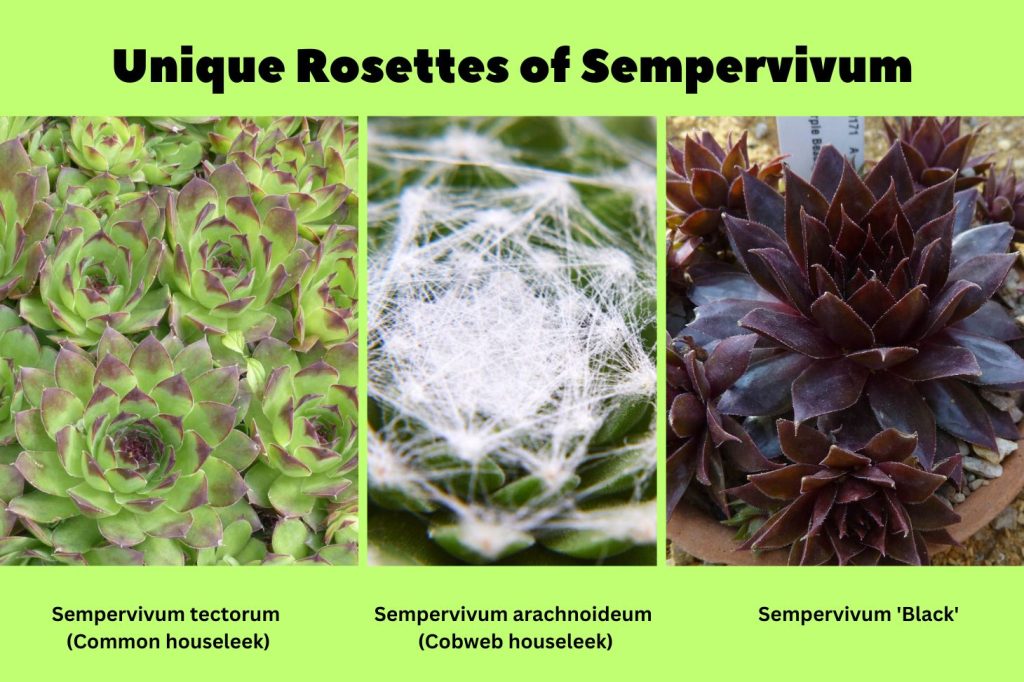
Sempervivum, or hens and chicks, form tight rosettes that multiply quickly. They’re great for rock gardens and containers. Some types to try:
- Sempervivum tectorum (Common houseleek)
- Sempervivum arachnoideum (Cobweb houseleek)
- Sempervivum ‘Black’
These hardy plants thrive in full sun and poor soil. They need little water and can survive freezing temperatures. Plant them in gritty, well-draining soil for best results.
You might be tempted to mix your own potting soil. Lots of recipes exist, but they require buying multiple ingredients in bulk, often leading to waste and clutter.
Why bother with all that when you can use our perfectly formulated succulent soil? It has everything your sempervivum need for optimal drainage and growth, saving you time, effort, and wasted materials. Give your succulents the best start. Try our soil today!
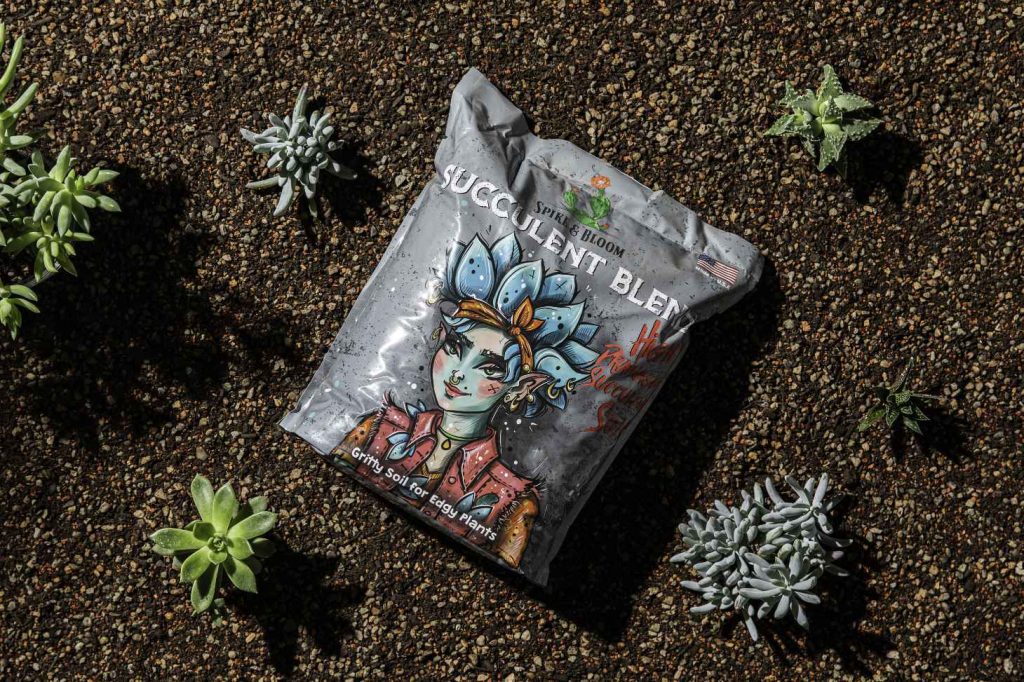
Visual Identification Guide
Identifying succulents visually relies on observing key features like leaf shape and plant coloration. These traits help distinguish different types of succulents.
Leaf Shape and Texture
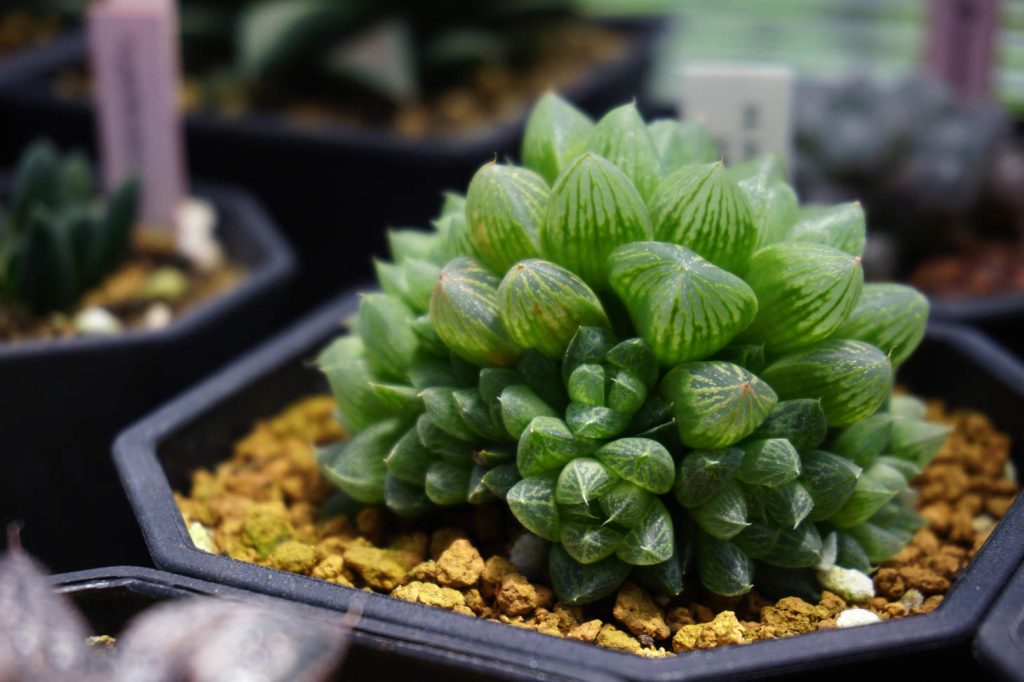
Succulent leaves come in many shapes. Look for thick, fleshy leaves that store water. Some are oval, while others are pointed or spoon-shaped. Many form rosettes, a circular patterns of leaves around a center point.
Leaf textures vary too. You might see:
- Smooth, waxy leaves
- Fuzzy or hairy surfaces
- Bumpy or ridged textures
Pay attention to leaf edges. They can be:
- Scalloped
- Serrated
- Smooth
Leaf tips may be rounded or pointed. These details help narrow down the succulent type.
Color and Pattern Recognition
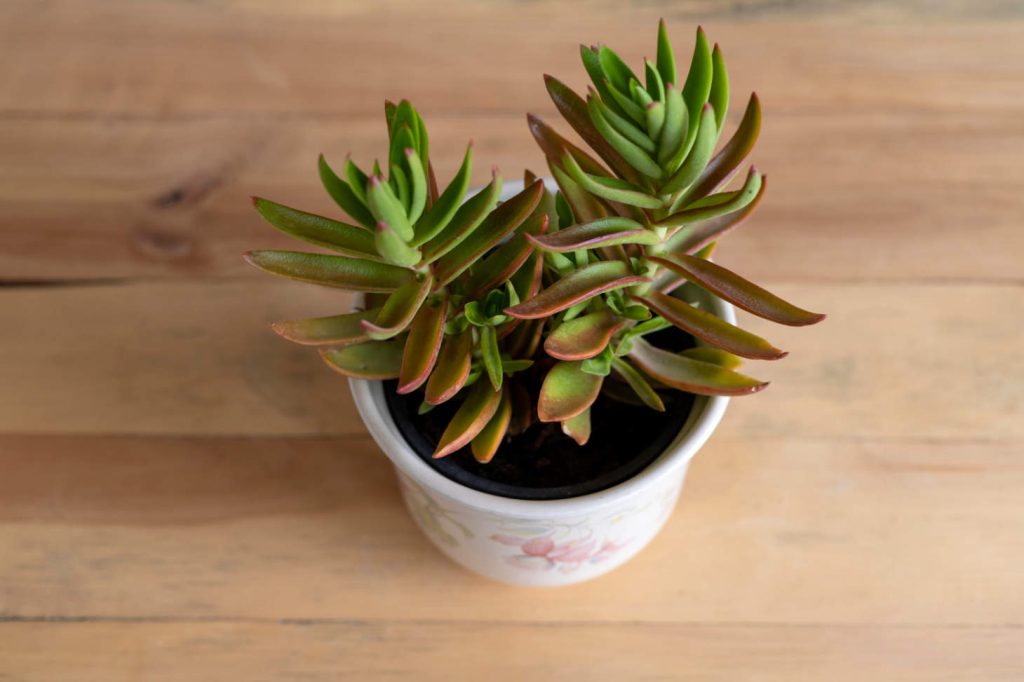
Succulent colors range widely. You’ll see:
- Greens (pale to dark)
- Blues and purples
- Reds and pinks
- Yellows and oranges
Many have unique patterns like:
- Stripes
- Spots
- Variegated edges
Some change color based on light or season. Stress colors appear when plants get more sun or less water.
Use a succulent identification chart to match colors and patterns. This helps you pinpoint the genus or species. Remember, lighting affects how colors look. Check plants at different times of day for the most accurate view.
Special Types and Variants
Some succulents stand out due to their unique features or classification. These plants often catch the eye with unusual shapes, colors, or growth habits.
Unusual Species and Hybrids
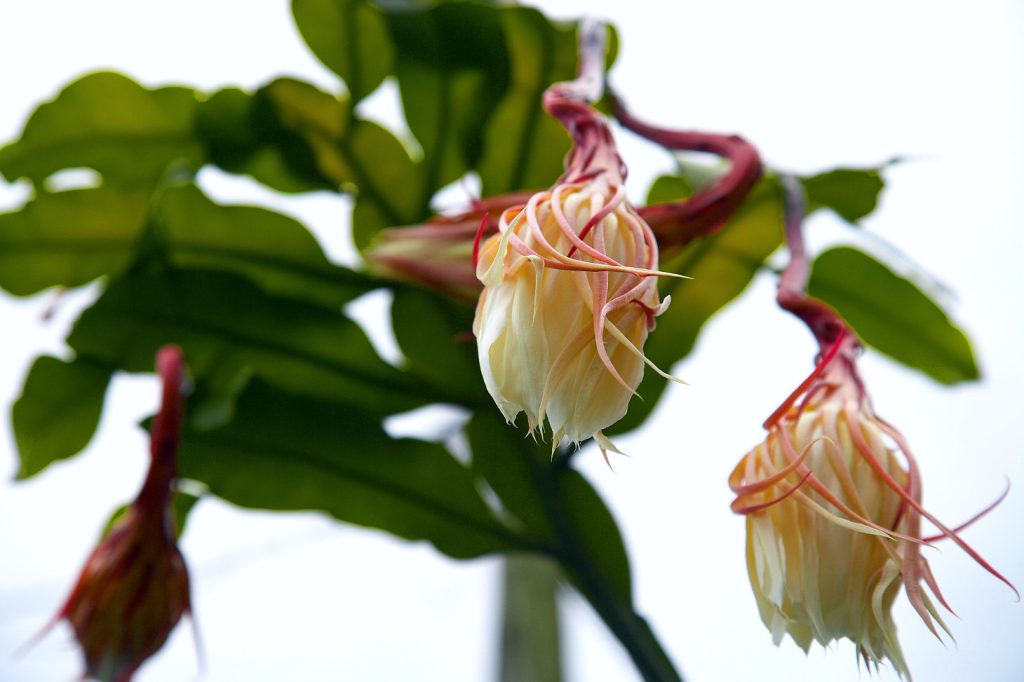
Epiphyllum hybrids, also called orchid cacti, have flat leaf-like stems and large, showy flowers. Many bloom at night and can be quite spectacular. Schlumbergera, known as Christmas or Thanksgiving cacti, have jointed stems and colorful blooms.
Pebble plants (Lithops) look like small stones. Their camouflage helps them survive in harsh desert climates. These plants have paired bulbous leaves with a groove between them.
Carrion flowers, like those in the Stapelia genus, have star-shaped blooms that smell like rotting meat. This odd scent attracts flies for pollination. The flowers can be quite large and striking despite their smell.
Cacti as Succulents
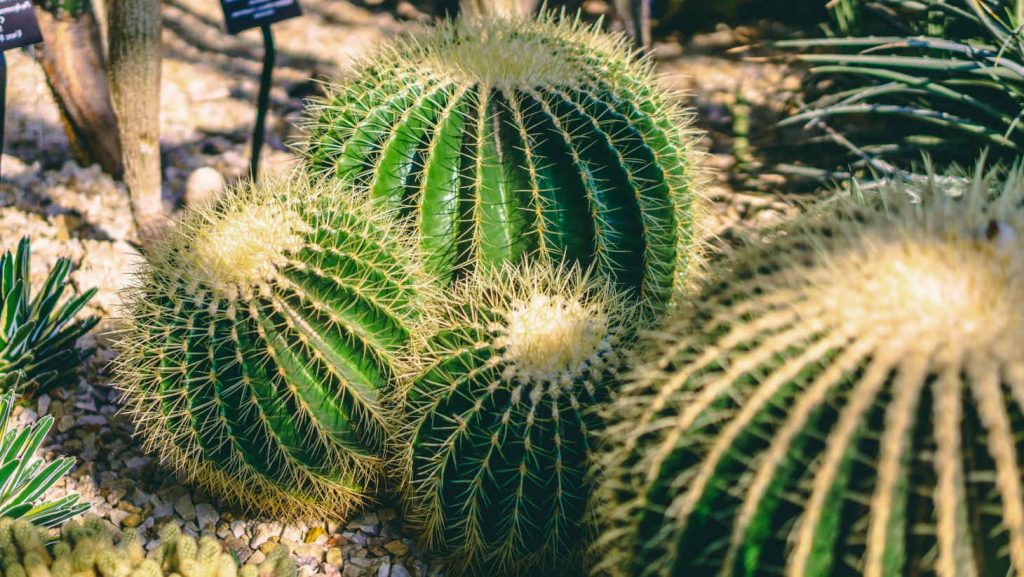
Cacti are a special group of succulents. They store water in their stems, which are often green and carry out photosynthesis. Most cacti have spines instead of leaves.
Some popular cacti include the prickly pear, saguaro, and barrel cactus. These plants come in many shapes and sizes. Some are small and round, while others grow into tall columns.
Cut away infected parts with clean tools. Let the plant dry out before watering again. In severe cases, you may need to take cuttings from healthy parts to start a new plant.
Innovations in Succulent Cultivation
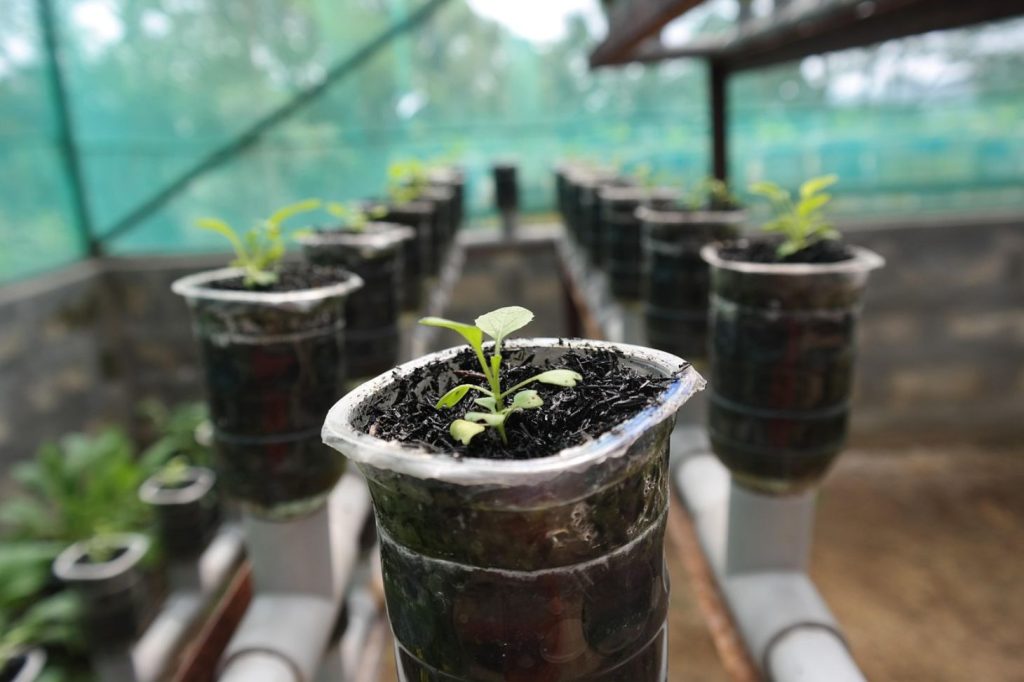
New techniques are changing how we grow succulents. These advances make it easier to care for these unique plants and share them with others.
Hydroponics and Aeroponics
Hydroponics lets you grow succulents without soil. You feed the plants nutrients through water instead. This method can lead to faster growth and bigger plants. It also helps prevent root rot, a common problem for succulents.
Aeroponics takes this idea even further. The roots hang in air and get misted with nutrient solution. This gives roots more oxygen and can boost growth even more.
Both methods let you grow succulents in small spaces. They work well for people who live in apartments or areas with poor soil.
Technological Advancements
Plant identification apps have made it much easier to name your succulents. You just take a photo, and the app tells you what kind of plant it is. This helps you learn how to care for your specific succulent.
Smart planters can now water your succulents for you. They check soil moisture and add water when needed. Some even connect to your phone so you can check on your plants when you’re away.
LED grow lights help succulents thrive indoors. These lights mimic sunlight and can be adjusted for different plants’ needs.
Community and Social Sharing
Social media has created new ways for succulent fans to connect. You can join online groups to share tips and show off your plants. Many people trade cuttings or rare species through these networks.
Local succulent clubs are also growing. These groups often hold swaps where you can trade plants with other collectors. They’re a great way to get new varieties and learn from other growers.
Some cities now have succulent libraries. You can “check out” a cutting, grow it at home, and return a new cutting later. This helps spread different types of succulents through the community.
Designing with Succulents
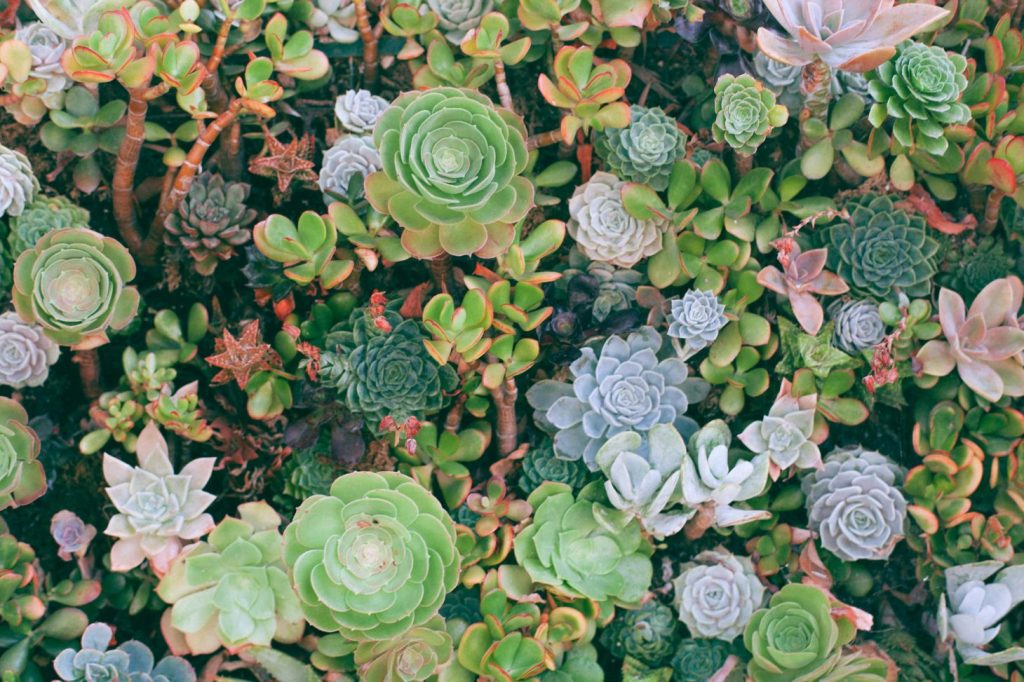
Succulents offer versatile options for both outdoor and indoor design. Their unique shapes and low-maintenance nature make them perfect for creating eye-catching displays in various settings.
Landscaping and Outdoor Use
For outdoor succulent landscaping, group plants with similar water needs. Create rock gardens with drought-tolerant varieties like Sedum and Echeveria. Use taller succulents like Agave or Aloe as focal points. Plant low-growing types between pavers or in crevices of retaining walls.
Add color and texture with a mix of rosette-shaped and trailing succulents. Fill empty spaces with pebbles or decorative rocks. Consider vertical gardens on walls or fences using hanging planters. For dry climates, replace grass with a succulent lawn using low-growing Sedum or Dymondia.
Frequently Asked Questions
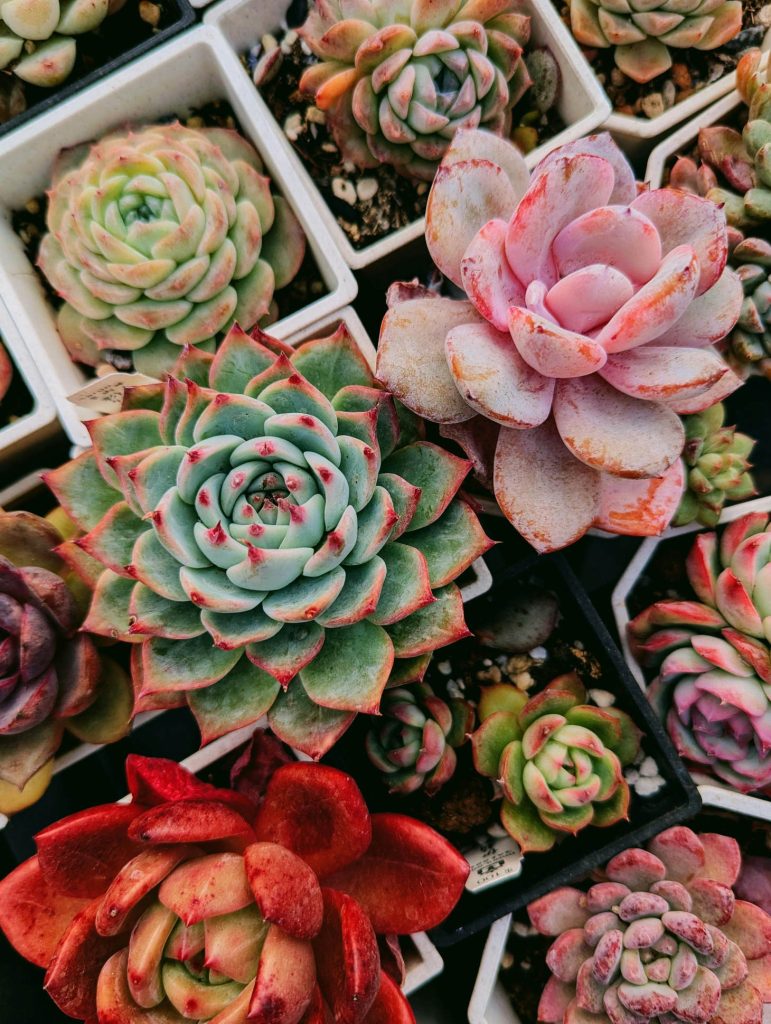
Identifying succulents involves looking at specific plant features and using various resources. These questions cover key aspects of succulent identification and care.
How can you distinguish different types of succulents from each other?
Look at the leaf shape, color, and arrangement. Check the stem structure and growth pattern. Notice any unique features like spines or fuzzy textures. Compare these traits to known succulent types in guides or databases.
What are the main features to look at when identifying a succulent?
Focus on leaf thickness, shape, and color. Observe the plant’s overall form and growth habit. Check for any flowers or unique stem features. Note the plant’s size and how its leaves are arranged on the stem.
Are there specific characteristics of leaves that help identify succulent species?
Leaf shape is a key identifier. Look for round, pointed, or paddle-shaped leaves. Check if leaves are smooth, fuzzy, or have a waxy coating. Note how leaves are arranged in a rosette, along a stem, or in clusters.
What resources are available for identifying succulents using photographs?
Plant identification apps let you upload photos for matching. Online forums have experts who can help ID your plant from pictures. Social media groups dedicated to succulents often welcome ID requests with photos.
How do you care for succulents to maintain their distinct features for identification?
Provide enough light to keep leaf colors vivid. Water properly to maintain leaf plumpness. Use well-draining soil to prevent rot. Protect outdoor succulents from extreme weather. Prune carefully to maintain the plant’s natural shape.

